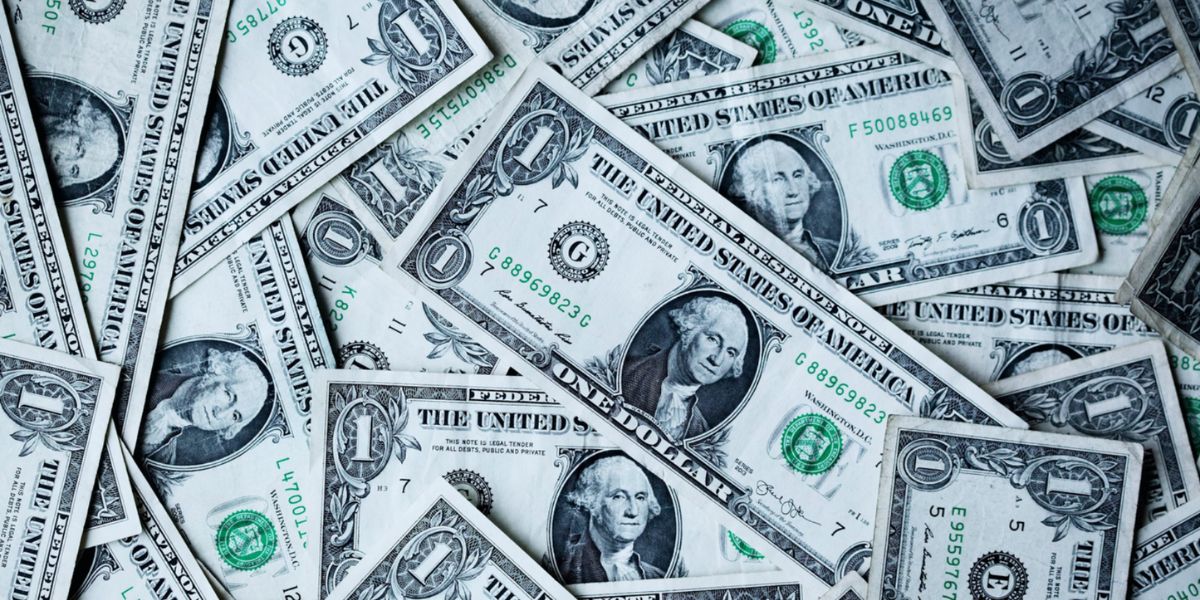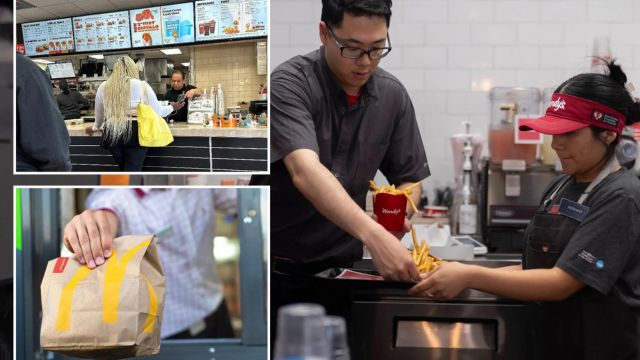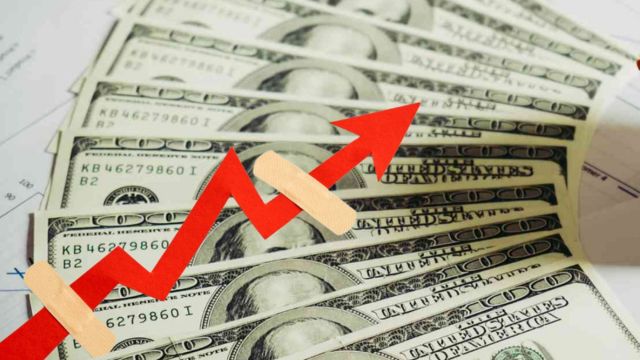Millions of federal student loan borrowers face new challenges now that forced collections have resumed. More than five million are already in default, and many others risk slipping into delinquency.
After a five-year hiatus, the Trump administration restarted forced collections on federal student loans in default, ending pandemic-era relief that began when President Trump paused payments in March 2020.
Collections can include garnishing wages and seizing tax refunds, creating immediate financial stress for many. Borrowers who fell behind when payments resumed in October 2023 are starting to see credit score dips and potential limits on future credit options.
Why were forced collections on federal student loans restarted after a five-year pause
Until last fall, borrowers received leniency if they missed payments. Now, the Education Department has begun withholding tax refunds and other federal funds from those with defaulted loans.
Mayor Adams Says Learning Disability Hindered Phone Unlock During Federal Probe
By early June, portions of certain recurring payments, like Social Security benefits, may also be garnished. Concerned about your status? Log into StudentAid.gov to check your loan dashboard and ensure your contact details are correct.
Default can lead to serious consequences, including immediate repayment demands and a damaged credit score. Who wants that kind of stress?
If you are in default, you can either rehabilitate your loan by making nine out of ten consecutive payments deemed “reasonable,” or consolidate it into a Direct Consolidation Loan. Keep in mind that consolidation may reset any progress toward loan forgiveness under income-driven repayment plans.
Key differences in income-driven repayment plans while SAVE remains frozen
A legal dispute has put the new Saving on a Valuable Education (SAVE) plan on hold, along with loan forgiveness features in some other income-driven programs. Currently, the Pay As You Earn (PAYE), Income-Based Repayment (IBR), and Income-Contingent Repayment (ICR) plans remain available, though forgiveness is paused for PAYE and ICR.
IBR, authorized by Congress, still allows forgiveness after 20 or 25 years of qualifying payments. Wondering how to choose? The Education Department’s Loan Simulator can guide you. Below is a quick table comparing basic features:
| Plan | Payment Percentage of Income | Forgiveness Timeline | Current Forgiveness Status |
|---|---|---|---|
| PAYE | 10% of discretionary | 20 years | Paused due to legal challenges |
| IBR | 10% of discretionary | 20-25 years | Still available |
| ICR | 20% of discretionary | 25 years | Paused for new enrollments |
Remember, you can also consider forbearance or deferment if you need a temporary pause, though interest can add up.
Student loan servicers may have processing backlogs, so act quickly if you need to adjust your repayment plan. Borrowers stuck in the SAVE plan can switch to a plan that currently offers forgiveness or use a “buy back” strategy later if they pursue Public Service Loan Forgiveness.
Finally, confirm your best repayment path, keep documentation of your progress, and contact a state ombudsman if servicing problems arise.




